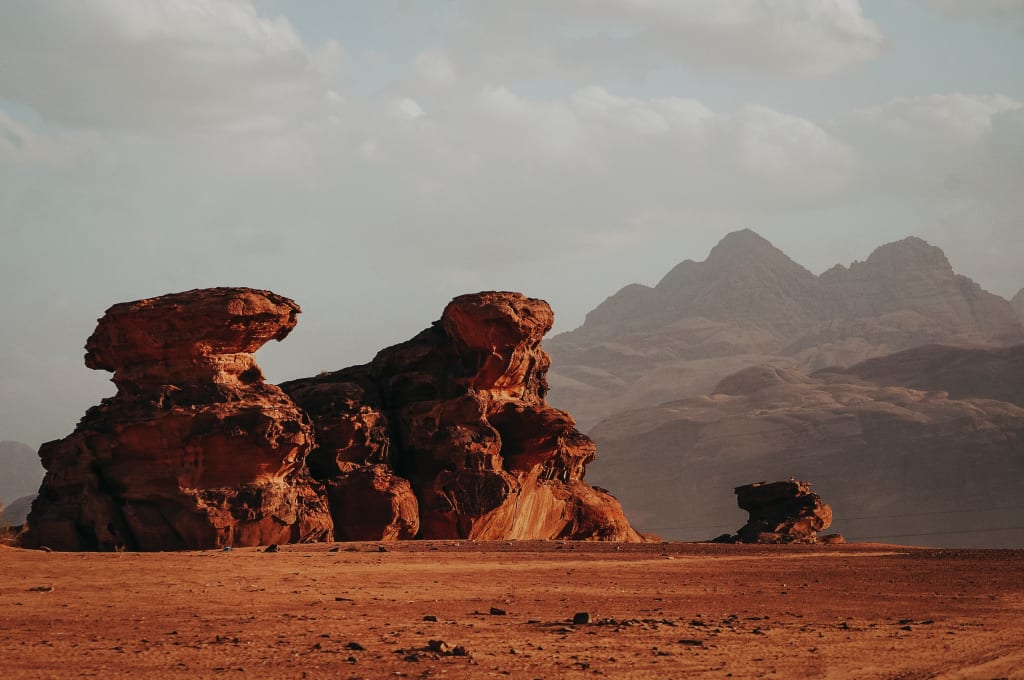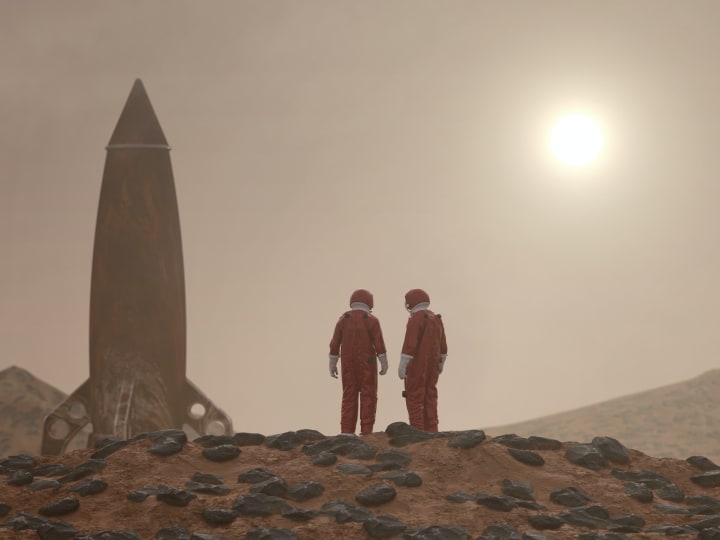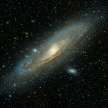
The Mars colonization has received a lot of public interest recently, especially since Elon Musk has declared that he intends to send an uncrewed mission to Mars in 2024 and human crew by 2026. The colonization itself will give us the possibility to explore and study the planet, while there is also an economic interest in its resources.
Nevertheless, there some are hazards related to colonization, such as a low temperature, low gravity, radiation exposure, regolith dust storms, lack of water, micrometeoroids, and toxic soil.

A widely discussed issue was related to the settlement locations. Due to all those hazards, is important to find locations that offer relative protection.
The lava tubes that were discovered on the flanks of Arsia Mons could be good locations for the settlement since they protect from radiation, are relatively easy to seal and pressurize, and can be filled with air. Lava tubes are volcanic caves that formed as a result of fast-moving, basaltic lava flows. They appear when the external surface of the lava channels cools more quickly and forms a hardened crust over the subsurface lava flows. Once the lava flow ceases and drains out of the tube, what is left is the void tubular space situated tens of meters below the surface.

The caves near the volcano Arsia Mons are another good settlement location. Besides the protection from external elements, they would also enable the extraction of ice, minerals, gases, perhaps even facilitate the discovery of subterranean life and help study the geology of the planet.
Providing lighting solutions for the interior of the habitats could be one of the challenges related to this type of settlement.
The lowest-lying plain on the Red Planet is Hellas Planitia. Due to its positioning, it has a relatively high air pressure, which would be an advantage, since the air on Mars is extremely thin as compared to the Earth. At ground level, the Martian atmosphere has a pressure of 0.095 psi while the Earth’s sea-level atmospheric pressure is 14.7 psi.
Robotic mining will provide water and fuel which will help develop a colony within the next decades.

Mars inhabitants will need to be fed as well, and the strategy is to live off resources that already exist on Mars, rather than bringing food on ships from Earth. The future technology will probably allow us to create food by using cell culture or 3D printing. The ice on the Red Planet will also be used to supply the colony with water. In order to create oxygen, colonists can use carbon dioxide.
The temperature on Mars is an issue, too. Because the planet is situated further away from the sun than the Earth, even on the equator, where the temperatures are the highest, they would not surpass those of Greenland. Energy should be produced in order to ensure a temperature within the colony, high enough to sustain life. Solar power could be supplemented by nuclear reactors, that could create the necessary energy to power the entire colony. Water could also be used to create hydrogen, and hydrogen will be used to make energy.

Without the use of robots, colonization is very unlikely, given the fact that the surface of the planet is uninhabitable due to its thin atmosphere, and low temperature. Robots will make it possible to extract water and mineral resources and build the colony. In fact, the faster technology develops, the sooner will the Mars colony become a reality. This is because the use of robotic work will drastically reduce the costs of creating the settlement. At the present pace of technological development, it is very likely that we shall have both a Moon and a Mars colony by 2050.






Comments
There are no comments for this story
Be the first to respond and start the conversation.